|
I haven’t been to the Imperial War museum since I was a kid when my father used to drag me round to view the various militaria. Now art has dragged me back, specifically Art in the Age of Terror (although by the way they have a good permanent collection which includes people like Paul Nash). The exhibition was art made either as a direct reaction to 9/11 or the events that came after it. It is arranged over three rooms. The exhibition starts of very strong with a series of newspaper front pages from the day after, from around the world. It brings it all back, the strange surreal horrible reality of those events. It is interesting also seeing the different cultures of front pages from different countries. The UK papers for example all featured a full page image with a one or two word headline. Then you are through the corridor and into the art. First up are three windows into the ground (above). Lights appear on each of the four walls beneath the window and they form an optical illusion that seems to descend forever, like a disco lift shaft. Ivan Navanno is the name of the artist. Grayson Perry appears a few times in this show in various media. The first of his offerings to appear is a large mainly gold pot called Dungeness (above). Repeat with aircraft and despairing slogans, added to the already nearly complete work after witnesses 9/11. Gerhard Richter is an old favourite, and he uses his characteristic blurriness to great effect here to produce a very effecting picture of the two towers, which uses smudge of black and greys over blue to produce an atmospheric and evocative image. Sabine Moritz’s White Angel is a very simple concept but done very well. It is a sort of muted impressionistic painting of a grounded plane, done in quite loosely quickly applied paint. What appears to be smoke and flames pouring from a hanger. The Chapman brothers are here with two mounds of mutilated tiny nazi figures, heaped into two mounds (above). I don’t really like the Chapman brothers. A visceral impact no doubt but it repels me. A more effective use of figures is Jitish Kallat’s Circular Rhyme (good name, good pun). It is a number of figurines, in pairs. The pairs are a security guard (each one in a different uniform) frisking someone. A slightly joyous attack on the security culture, the universality of it. Much more blatant is Ai Weiwei (there are some big names in this show) with a marble statue of a CCTV camera (see first picture in the blog). Simple but elegantly done. Another big name is Mona Hatoum, who presents us with a Victorian style glass fronted cabinet in which are very pretty glass grenades, imbedded with various coloured glass. Dexter Dalwood produces a white flag, a very Jasper Johnsesq white flag, on a wall with a strange broken tiling on the floor in the foreground. Round the corner you are surprised by a manikin sitting on a chair clutching a gun, a female figure call Ves Gerilleres. She has no face, just a red star on her face. It is an alarming and arresting work by Mai-Thu Perret. Throughout the exhibition are various bits of video art, a medium for which I have a very low tolerance, however there were two pieces that I thought were very good. One was called Sometimes Doing is Undoing. I forget the name of the artist. It is two videos side by side. One showing a British soldier assembling and disassembling a rifle. The other shows a member of Afghan military doing the same thing. It is a good juxtaposition both of environment and the quality of equipment but the same basic time. The other good video is Hrair Surkisson. He left Damascus as a refugee and expresses his frustration about this very well. He built a scale model of his old apartment building. It is a very good model made quite robustly out of concrete and metal. In the video he smashes it to pieces. It is a hypnotic and powerful piece. There are some good photographs in the show too. David Cotterrell presents a series of images called Gateway II which shows scenes of injured soldiers being transported, in bleak transport planes that are very reminiscent of the set of Alien. No really, they do. Tapestry makes an appearance to. Jim Richter produces a carpet called predator, which on a field of blue the silhouette of a Predator drone is picked out. Grayson Perry reappears with a fine tapestry triptych called Line of Departure. It shows three different soldiers in their civilian lives, haunted by their military ones. Their shadows are them in uniform with guns. It’s very good. Other media includes cardboard. Walid Siti produces a series of joined together cardboard hexagons arranged like a sort of map, slumped against the wall. It looks like a bombed out city. On the wall next to it is Husa Malalla’s My Country which uses patchwork of burnt and coloured canvas to produce a map of Iraq, with a red sector bleeding out of Syria. The final painting (drawing/whatever) in the show is by Julie Mehretne and is called Epigraph of Damascus. It is presented in 6 vertical strips, composed of architectural drawings obscured by squiggles or what could be writings. Like all good abstract art you get drawn in trying to make out the patterns amongst the swirling whole. The final room is a small cinema screen showing Terry Gilliam like images of tanks and so on piled with various western chain images. When you leave if you peer over the balcony you will see the outline of a predator taped out on the ground floor.
There is a lot of good stuff in the show. It is a very powerful show, some of it really quite upsetting and moving, some of it uplifting. It is on until 28th May.
0 Comments
Leave a Reply. |
Archives
June 2024
Categories |
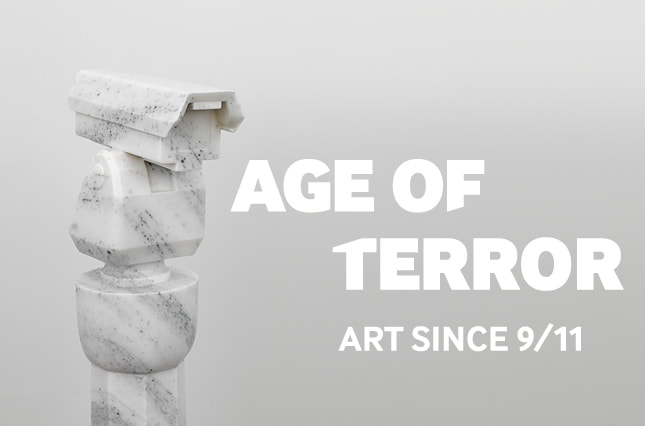
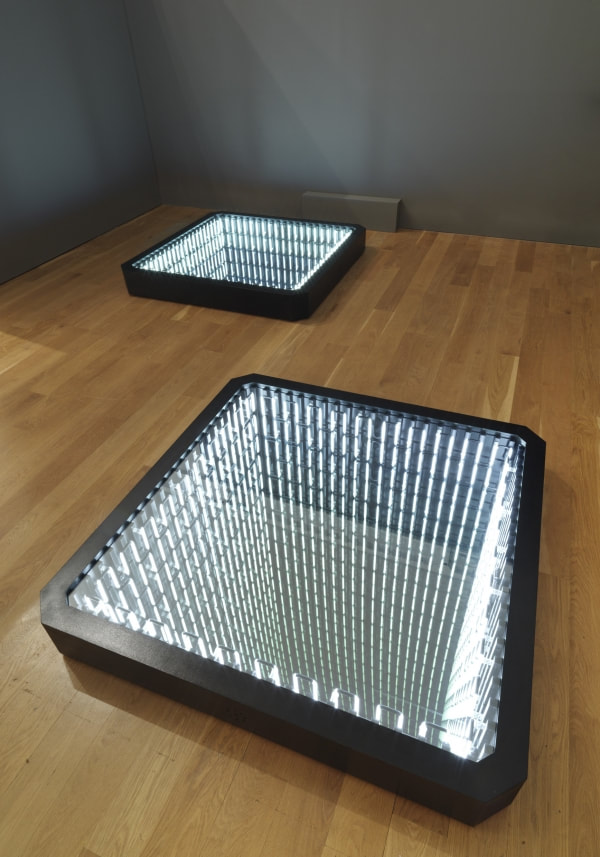
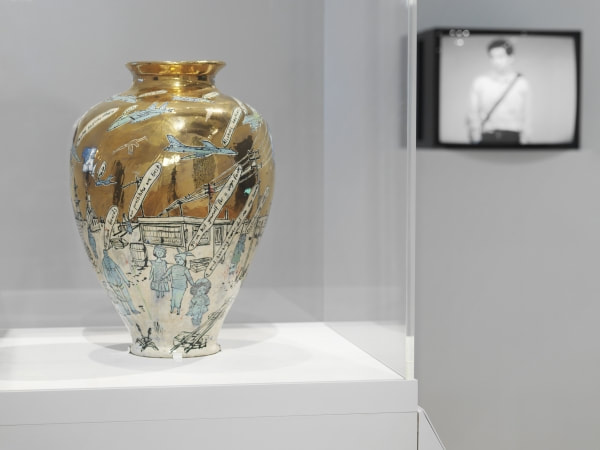
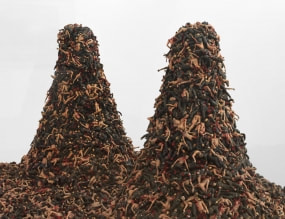
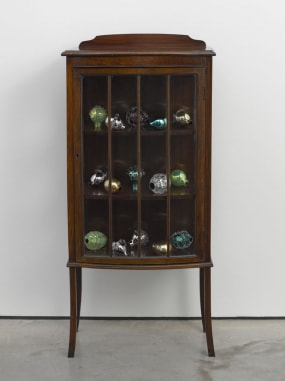
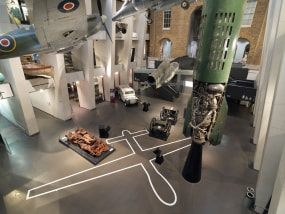
 RSS Feed
RSS Feed